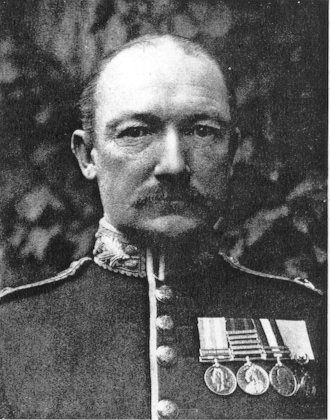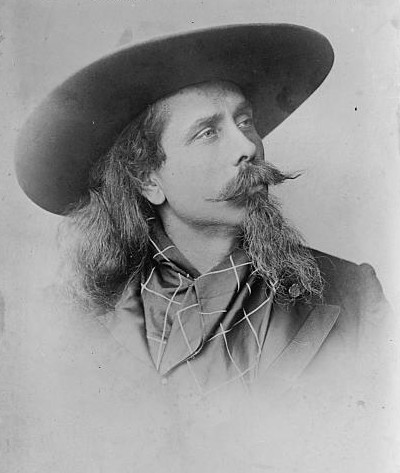A large enough kite can lift someone off the ground. So, of course, several inventors and aeronauts tried to find a military application for such man-lifting kites.

Early aviation is an era marked by dreamers and risk-takers. But I doubt that many people would see this picture and think of this guy as a dreamer or a risk-taker:

This is Baden Fletcher Smyth Baden-Powell. In the 1890s he invented a kite that could lift someone off the ground. The idea was that this kite, called the Levitor, could be used for aerial reconnaissance and signalling in combat situations. Baden-Powell would go on to fight in the Boer War in South Africa, but there’s no record of his kite actually being used in combat. Baden-Powell did go on to write many articles on the use of kites (and, later, balloons) for military purposes, and he also became the second president of the Royal Aeronautical Society.
(Incidentally, if the name rings a bell it’s probably because Baden-Powell’s older brother founded the Scout movement and co-founded the Girl Guide movement.)
Samuel Franklin Cody, frankly, looks exactly like the kind of guy you’d expect to see up in a kite:

Cody made his name performing as a cowboy in a Wild West circus show. And I mean that literally: he adopted the stage name Cody so he could claim to be the son of Buffalo Bill Cody. But he was also into kites. Cody’s war kites got some interest from the British War Office and even went through some test runs, but as far as I can tell they were never used in a combat situation either.
Over in the United States, another kite enthusiast named Samuel F. Perkins managed to get himself aloft (that’s his kite system pictured at the top of this page). He toured the country showing off his man-kites; he even got to show off his technology for President Taft in 1910. Once again, the military tried out the kites but never formally adopted them. The most successful tests skipped the personnel entirely and just used a kite to lift radio antennae high into the air.